Our Smartest Cities: From Copenhagen’s bike utopia to Singapore’s hawker-AI heaven, here’s how daily life actually feels in 10 of the smartest, cleanest, and greenest cities in 2025—plus top experiences, food, culture, and sustainable travel tips.
If you’ve ever wondered what it feels like to live inside the future—without giving up late-night noodles, parks, or the joy of a lazy Sunday—this is your boarding pass. “Smart city” used to be a buzzword you’d hear at conferences with questionable coffee. In 2025, it’s a vibe—and a very livable one. Think sensors that make traffic vanish, buses that glide in like clockwork, energy grids that sip not gulp, and city halls that answer your question before you finish typing it. Add bike lanes designed like runway shows, food scenes powered by tradition and tech, and cultural life that’s both plugged-in and deeply local.
Below are ten cities that combine brains, beauty, and low-impact living. We’ve grounded this in what daily life actually feels like—your morning commute, your weekend wander, your plate. Expect clean air, polished transit, circular-economy swagger, and neighborhoods that make staying put as tempting as passport stamps. Let’s city-hop.

Copenhagen, Denmark — The Smartest Cities #1: Bike-First, Brunch-Later, Always-Better
If urban planning were a playlist, Copenhagen is the perfectly curated mix that somehow works morning to midnight. The city’s “bicycle superhighways” aren’t a gimmick—they are how people actually get places. Everyone rides: baristas, lawyers, toddlers in cargo bikes wearing tiny windbreakers that could be in a Vogue spread. Traffic? Mostly handlebars. Noise? Mostly bells. Air? Crisp.
What it feels like to live here
Copenhagen runs on trust and design. You’ll pay for your coffee without cash, tap into trains that arrive exactly when they say, and spend an absurd amount of time discussing bread (it’s worth it). Winters are cozy—candles and hygge; summers are long evenings at the harbour baths. The city nudges you to do the right thing—composting, cycling, energy use—without feeling like homework.
Top experiences
Go full local with a dawn ride over the Cykelslangen (the photogenic “Bicycle Snake”). Swim in Islands Brygge Harbour Baths (yes, safe city water). Explore Refshaleøen’s food halls and innovation hubs. For architecture geeks, the BLOX building and Ørestad’s modernist playgrounds are catnip.
Food & culture
Copenhagen’s New Nordic wave still hums, but you don’t need a Michelin reservation to eat brilliantly. Smørrebrød done right, neighborhood bakeries, and natural wine bars are the daily mood. Culture-wise, design museums and music festivals keep your calendar stacked, and community saunas make even February lovable.

Singapore — City in a Garden, Hawker Nation, Seamless Everything
Singapore is a masterclass in how to be wildly efficient and delicious at the same time. Everywhere is close, public transit is legendary, and greenery climbs buildings like they’re cliffs in a national park. You’ll notice the air feels tidy; so does your day.
What it feels like to live here
It’s the little frictions that vanish: you glide from MRT to mall to park to home without a single “ugh.” Digital government services are so smooth that paperwork becomes folklore. Neighborhoods each have a personality—hipster-ish Tiong Bahru, family-friendly Bishan, waterfront Marina Bay—and they all plug into a city grid that just…works.
Top experiences
Stroll the elevated trails of Gardens by the Bay and the Southern Ridges. Wander wet markets in the morning, then chase new-school coffee or a hawker stall with a line worth joining. For tech-curious, the smart-port and Changi’s future-forward terminals are living exhibits.
Food & culture
Hawker centers remain the city’s soul: chicken rice, laksa, satay, and kopi at plastic tables under fans that feel like jet engines. ArtScience Museum, Peranakan shophouses, Little India’s color rush—this is a city that blends heritage with a high-spec present.

Zurich, Switzerland — Precision Meets Pleasure (and Lake Days)
Zurich is that friend who’s always on time but never dull. The trams are immaculate, the lake looks Photoshopped, and even the recycling has choreography. But it’s not a museum—it’s a city with a sly party streak and a deep bench of culture.
What it feels like to live here
Imagine a commute where the lake is your daily visual vitamin. You’ll hop trams, walk along boulevards, and end up swimming after work in water so clean you question reality. Energy systems are efficient; housing co-ops and thoughtful zoning keep neighborhoods human.
Top experiences
Float down the Limmat River, hike Uetliberg for panorama cityscapes, and hop art spaces in Zurich West. Eat by the water, detour to design shops, then find a low-lit bar where the drinks are meticulous and the music is warm.
Food & culture
Food leans seasonal and regional—cheese, yes; but also a movement of plant-forward kitchens and brilliant bakeries. Museums (Kunsthaus, design temples) and festivals (Street Parade!) balance clean-living with joy.
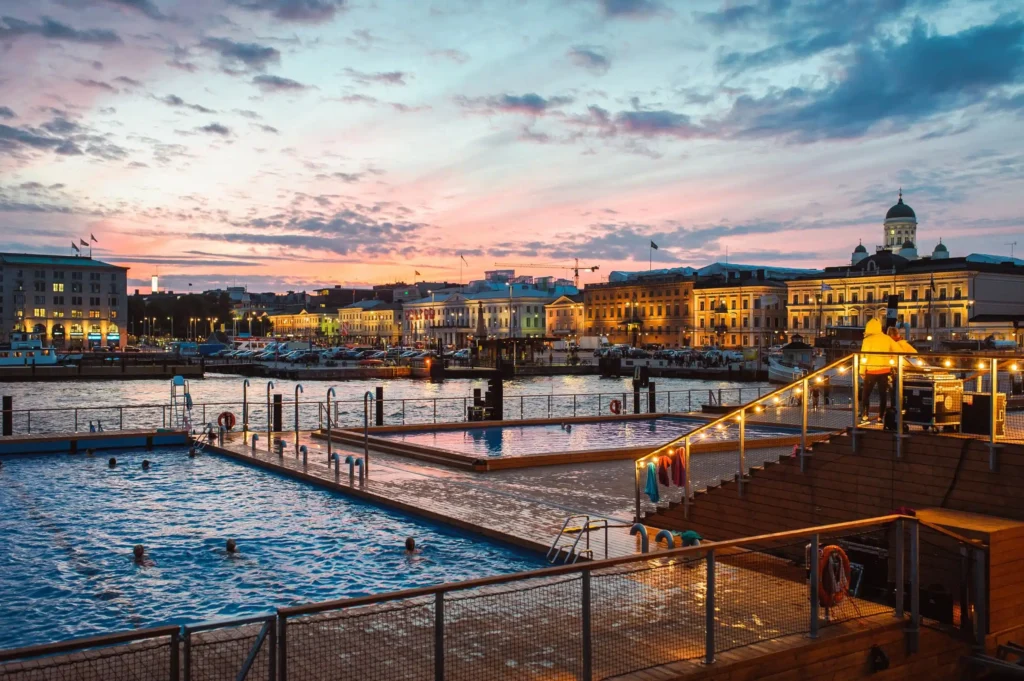
Helsinki, Finland — Human-Scale, High-Tech, Deeply Cozy
Helsinki is where tech politely sits in the background while you enjoy perfect libraries and an archipelago that looks like an interior design catalog turned into islands. The city is engineered for comfort and sustainability, and people actually use public spaces year-round.
What it feels like to live here
You start to measure your weeks in sauna sessions and ferry rides. The Oodi library feels like a civic living room you didn’t know cities could have. Snow doesn’t stop transit; summers are luminous. Data transparency, circular design, and citizen services make it easy to be a good neighbor.
Top experiences
Sauna-hop from Löyly’s modern timber temple to neighborhood gems. Ferry to Suomenlinna, bike the shoreline, and snack open-faced sandwiches on a sun-warmed bench.
Food & culture
Finnish cuisine is quietly brilliant—rye breads, salmon soups, mushrooms, and modern Nordic spins. The design DNA (Marimekko, Alvar Aalto) lives in everyday objects. Music festivals and a clever indie scene keep it interesting.
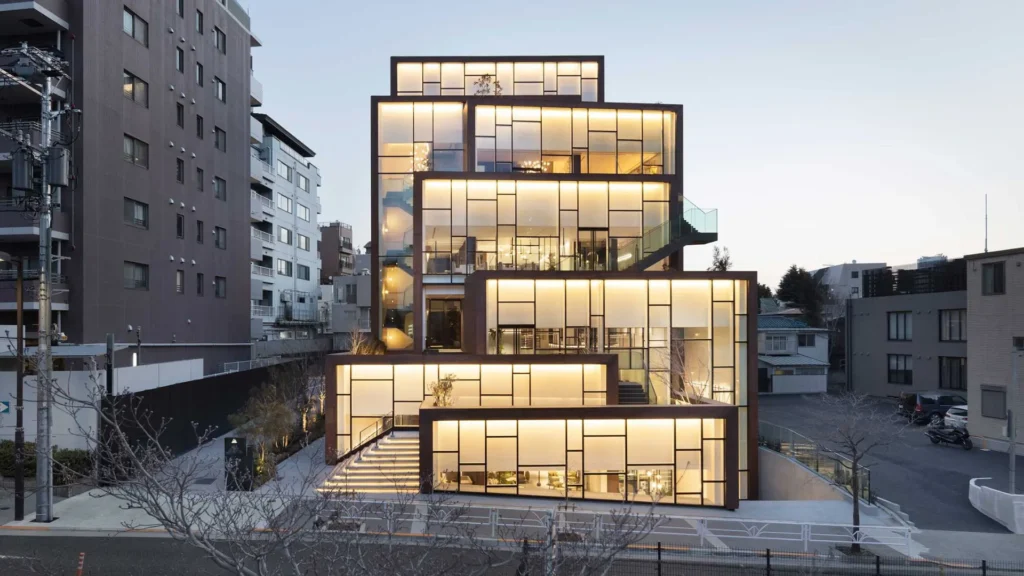
Tokyo, Japan — Precision, Politeness, and Play
Tokyo is a perpetual motion machine that still finds time for a perfect bowl of ramen at 2 a.m. The trains run with mythical accuracy, streets are famously clean, and neighborhoods are micro-cities with their own logic.
What it feels like to live here
Daily life is rhythmic: you’ll internalize platform markers, escalator etiquette, and the joy of convenience-store excellence. Tech is everywhere—payments, vending, wayfinding—but manners are the real operating system. Even rush hour has an odd serenity.
Top experiences
Lose yourself in Daikanyama’s calm, dip into Shimokitazawa for vintage treasure hunts, and greet the city from an observation deck in Shibuya or Roppongi. Spend an afternoon in a pocket park with matcha and a novel.
Food & culture
From standing sushi counters to kaiseki that feels like art direction for your taste buds, Tokyo is food heaven. The cultural spread—sumo mornings, museum afternoons, live house nights—makes weeks feel short.
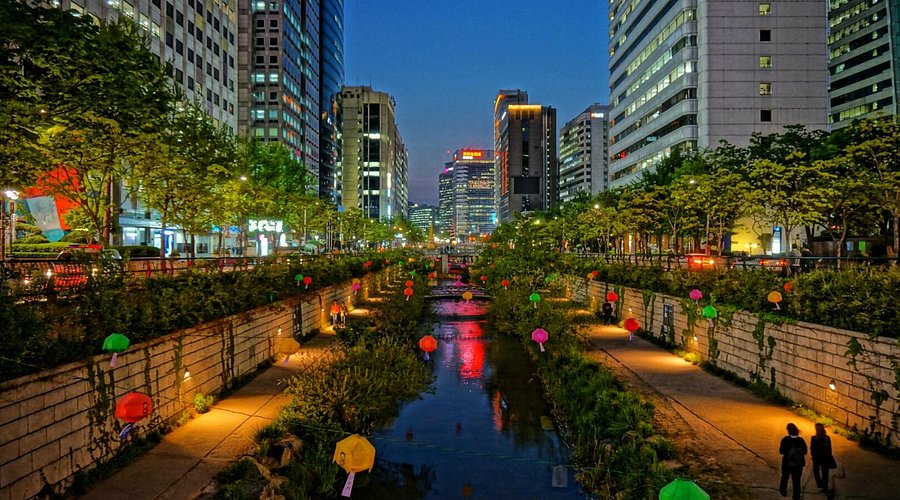
Seoul, South Korea — Fast, Fun, and Incredibly Connected
Seoul does “smart” at sprint speed. Public Wi-Fi is everywhere, transit is cheap and spotless, and services are as app-forward as it gets. The Han River binds it all together with parks that become the city’s living room.
What it feels like to live here
You’ll ping between traditional markets and neon-drenched streets like you’ve got a cheat code. Payments are mostly digital. Delivery culture is dialed-in. And yet, temples and tea rooms keep the throttle balanced.
Top experiences
Sunset picnics by the Han, a hike up Bukhansan with views that reset your soul, and a night food crawl through Gwangjang Market. Follow the Cheonggyecheon stream for a cool city core walk.
Food & culture
Kimbap on the go, smoky barbecue with friends, bubbling jjigae on cold nights—Seoul eats are social. K-music, fashion markets, design hubs in Seongsu-dong, and museum-grade cafés round it out.
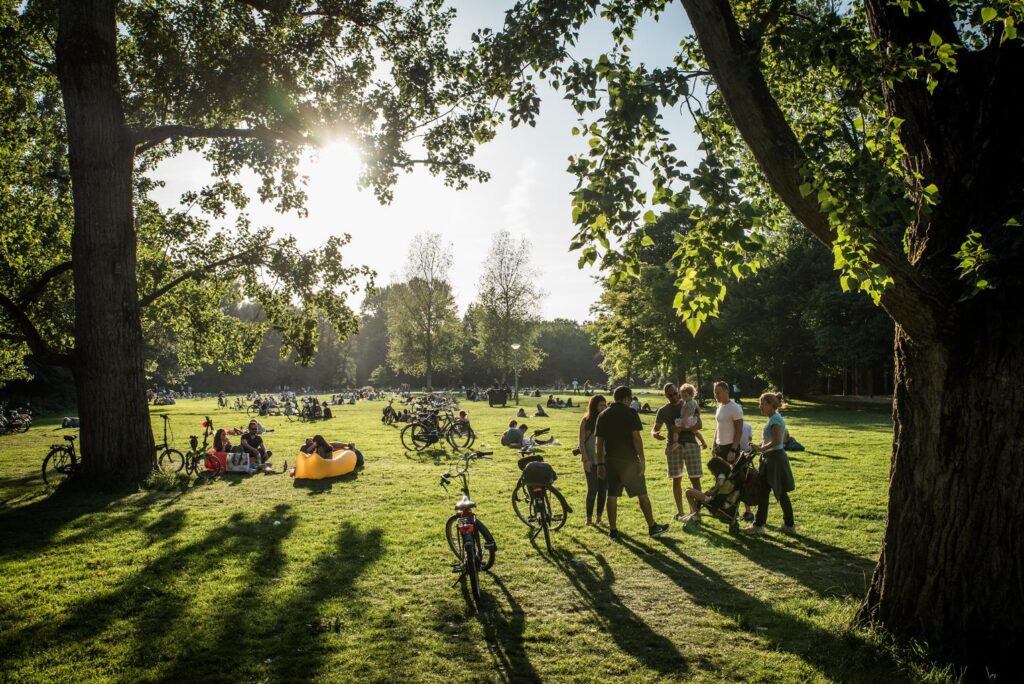
Amsterdam, Netherlands — Canal Calm, Startup Spark, Bike Zen
Amsterdam is famously bikeable, but the real trick is how the city keeps life intimate while being globally plugged in. Circular-economy experimentation, water management wizardry, and a culture of participation make “smart” feel neighborly.
What it feels like to live here
You become an all-weather cyclist, unintimidated by drizzle. The tram is your backup singer. You’re dropping compost at a community point, refilling staples at packaging-free shops, and still making it to a concert by 8.
Top experiences
Dawn rides along the canals, sunset at NDSM wharf, and lazy afternoons in Vondelpark. Explore modern art at the Stedelijk, indie venues on the IJ, and the city’s flourishing food halls.
Food & culture
Dutch classics (bitterballen, herring) meet global kitchens and plant-first menus. Cafés are meeting rooms, living rooms, and offices. Festivals bloom across the calendar; museums keep your brain humming.
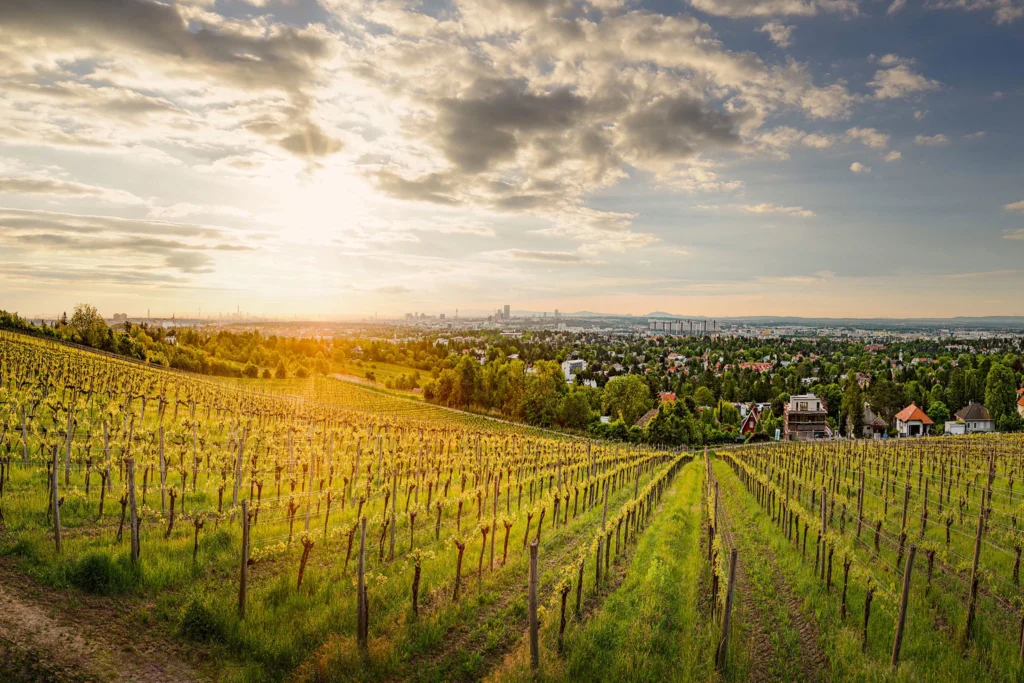
Vienna, Austria — Elegant Efficiency, Park Life, Coffee Rituals
Vienna is where imperial grandeur asks modern transit to the ball and they actually dance. It’s one of Europe’s most livable cities for a reason: reliable transport, extensive green spaces, and social housing that would make architects swoon.
What it feels like to live here
Commutes are gentle, weekends are green, and the city’s rhythm respects your time. You’ll slip into coffeehouse culture—reading, journaling, watching the room like it’s a slow theater.
Top experiences
Cycle the Danube Island, picnic in the Prater, and catch an evening performance at the Musikverein or a smaller chamber venue. Explore MuseumsQuartier’s courtyards—a design-forward maze of culture.
Food & culture
Wiener schnitzel and pastries, obviously, but also a contemporary scene bending toward sustainable sourcing and veggie-forward plates. Vinyl shops, contemporary galleries, and riverside bars keep it from ever feeling fusty.
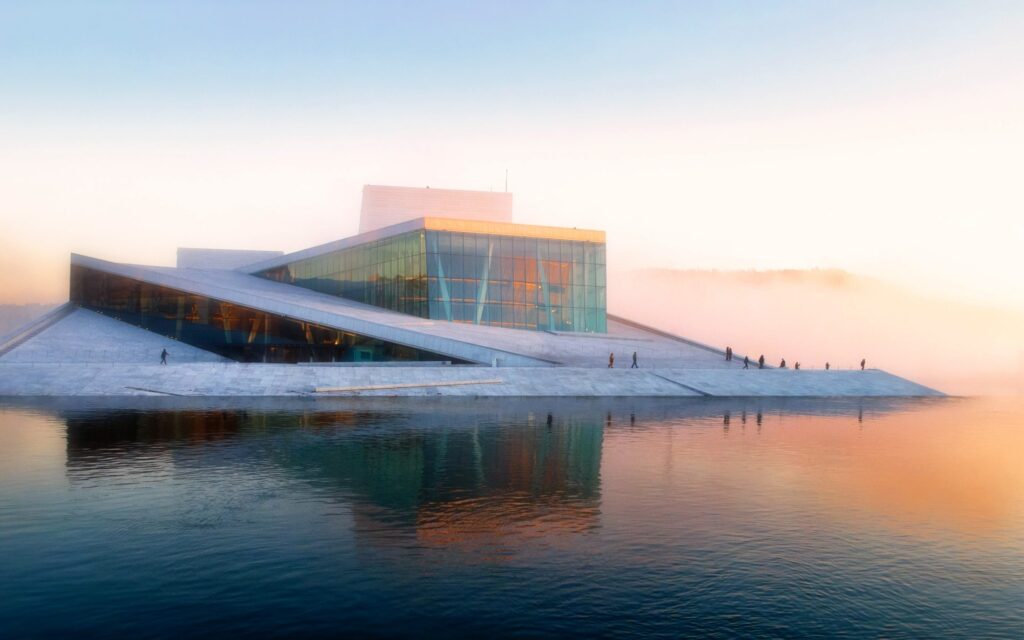
Oslo, Norway — Fjord-Facing, Electric Everything, Quietly Bold
Oslo is a laboratory for decarbonized living. Electric ferries, electric taxis, and a downtown steadily reclaiming space from cars. The architecture glints without showing off; the fjord is a daily mood stabilizer.
What it feels like to live here
You’ll walk more. You’ll breathe better. You’ll spend lunch breaks by the water even in shoulder seasons. Transit is clockwork; neighborhoods feel like small towns tied with fjord-blue ribbon.
Top experiences
Swim and sauna-hop at the Oslo Fjord City waterfront. Wander the National Museum and the MUNCH museum, then climb the sloped roof of the Oslo Opera House for city views.
Food & culture
Modern Nordic meets seafood obsession: cod, king crab, and new-wave bakeries that smell like forever. Culture leans minimal, natural, and deeply seasonal—music festivals, design weeks, and winter coziness by candlelight.
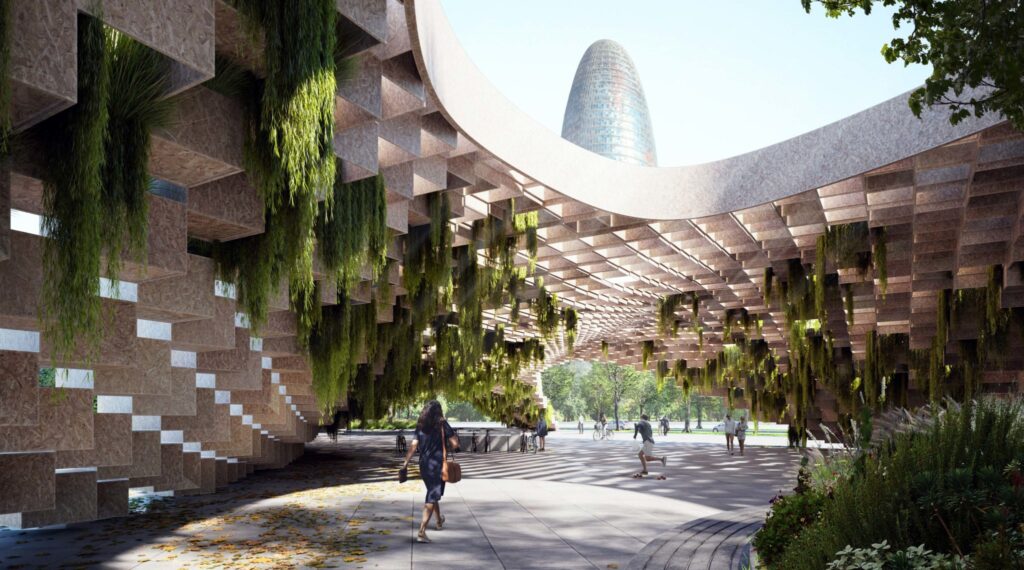
Barcelona, Spain — Mediterranean Smart, Creative to the Core
Barcelona is a liveable puzzle that keeps adding clever pieces: superblocks reclaiming streets, greener corridors, a cycling boom, and public transport that makes you forget cars exist. It’s also a city where long lunches are civic duty.
What it feels like to live here
Days flow between neighborhood plazas, quick swims, and late dinners that become stories. The digital-government bits are getting handier every year, while urban design quietly shifts streets toward humans first.
Top experiences
Cruise the seafront bike lanes, get lost in Gràcia’s village-in-the-city streets, and dabble in Gaudí’s geometry (yes, you’ll still gasp at Sagrada Família). Head to Montjuïc for a green city escape with world-class museums and gardens.
Food & culture
Market mornings at La Boqueria or Santa Caterina, then tapas crawls that blend old bodegas with new natural wine bars. Catalan cuisine is a gentle flex: seafood rice dishes, calçots in season, addictive vermut hours. Music and design festivals keep the calendar buzzing.
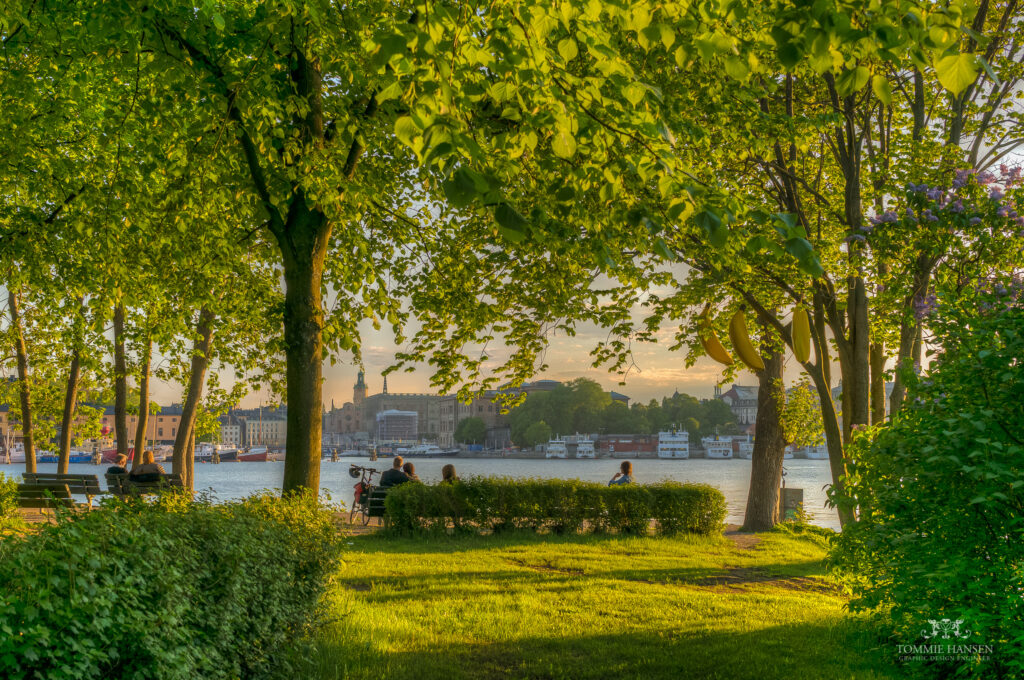
Stockholm, Sweden — Archipelago Calm, Design Logic, Digital Ease
Stockholm runs on practicality that feels like kindness. You’ll find frictionless payments, spotless metros, and a climate plan that actually lives in building codes, ferries, and daily choices. And then there’s the archipelago—a literal exhale.
What it feels like to live here
You’ll learn to layer clothes like a pro and never worry about carrying cash. The city is engineered for the long game: family-friendly policies, clean energy, and public spaces that make you linger.
Top experiences
Island-hop to Fjäderholmarna, linger in Gamla Stan’s lanes, and bike the royal urban park, Djurgården. Spend a day in Fotografiska’s galleries and end with views over the water.
Food & culture
Swedish cuisine is comfort done chic: seafood, rye, cinnamon buns that are practically civic infrastructure. Design stores feel like museums you can buy; music venues and cozy bars make winter nights glow.
So…What Makes These Cities “Smart Cities”?
It’s not just sensors or apps; it’s how they make good behavior the default. Mobility: reliable transit, protected bike lanes, walkable cores. Energy: renewables in the grid, passive-building standards, district heating, electrified fleets. Governance: responsive digital services that save you time. Public Realm: parks, libraries, waterfronts, plazas—places that pull you outside. Culture & Food: traditions supported by smart logistics and sourcing, not erased by them. When the least effort path is also the most sustainable, you get cleaner air and happier people without constant “eco” discipline.
Morning coffees arrive with a tap; your bus or bike takes you across the city at a pace that feels human. Workspaces are reachable; lunch is a market bowl or a soup you’ve actually seen in three seasons already. After hours, you step from your office into nature—harbor baths, river paths, parks—without a long trip. You’re not “escaping” the city to recover from it; the city itself is recovery.
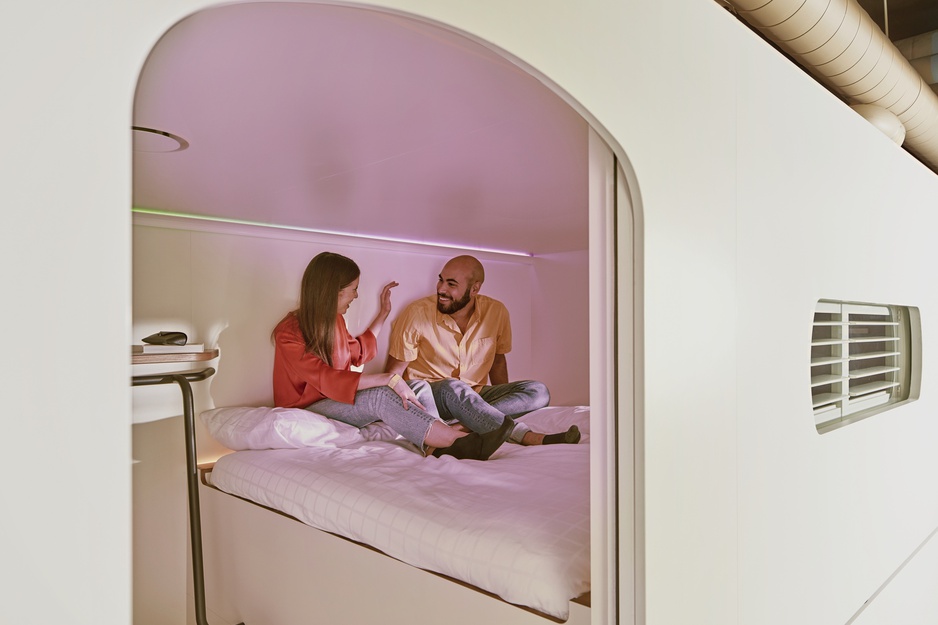
How to Visit Like a Local (and Lighten Your Footprint)
Sleep smart: Pick hotels or guesthouses with clear sustainability certifications and transparent energy/water practices.
Move like a resident: Load up local transit apps/cards; rent bikes or e-bikes; walk first, ride second, ride-share last.
Eat with seasons: Visit markets early; try weekday lunch menus; look for neighborhood restaurants that source locally and cut waste.
Respect the rhythm: Smart cities run on trust—recycling, quiet hours, bike etiquette. Copy what locals do and you’ll fit right in.
Pack curiosity: Try the library, the community sauna, a ferry to nowhere in particular. Public space is the headline act.
The Takeaway
Living in the world’s smartest cities in 2025 feels like having a city that’s on your side. The infrastructure disappears into everyday life; the parks and waterfronts steal the show; the food tastes better because it’s smaller-footprint and closer to home. You can be ambitious and calm here, high-speed and human. And once you’ve gotten used to a safe midnight bike ride, an on-time tram, and a public sauna with a million-dollar view, you start to wonder: why would we build cities any other way?